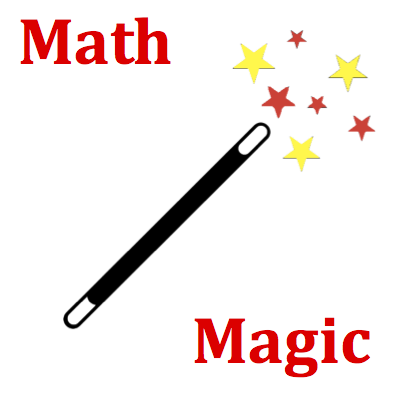Mission VP5 Vector Components

A plane flies northwest out of O'Hare Airport in Chicago at a speed of 400 km/hr in a direction of 150 degrees (i.e., 30 degrees north of west). The Canadian border is located a distance of ... .
(Note: Numbers are randomized numbers and likely different from the numbers listed here.)


A vector component describes the effect of a vector in a given direction. A northwest vector such as this velocity vector has both a northern and a western component. The northern component is of great usefulness here because it describes the effect of the plane velocity in the northern direction. If the magnitude of the northern component was 100 km/hr, north (it's not!), then we would know that the plane travels 100 km north in one hour. The value of knowing this northern component of velocity is that it can be used to relate the distance traveled north to the time to travel north. In this question, the plane must travel 1500 km north to cross the Canadian border. Knowing the northern component of velocity allows one to calculate the time to cross the border (see the Formula Frenzy section below).
The best strategy for answering this question involves using SOH CAH TOA (see Math Magic section) to determine the northern component of velocity and then using the d-v-t relationship to determine the time to cross the border.

The components of a vector are often represented on a diagram by constructing a right triangle about the vector such that the vector is the hypotenuse of the right triangle. The components are then the legs of the right triangle. (You have likely seen such diagrams and you might make an effort to sketch one now.) If the vector is a northwest vector, then it has components stretching west and north. The east and north components are simply the east and north legs of the triangle which has been created from the northwest vector.
The trigonometric functions sine, cosine and tangent can be used to express the relationship between the angle of a right triangle and the lengths of the adjacent side, opposite side and hypotenuse. The meaning of the three functions are:
cosine Theta= (length of adjacent side / length of hypotenuse)
tangent Theta= (length of opposite side / length of adjacent side)


A vector component is a projection of a vector onto the horizontal or vertical axis.
